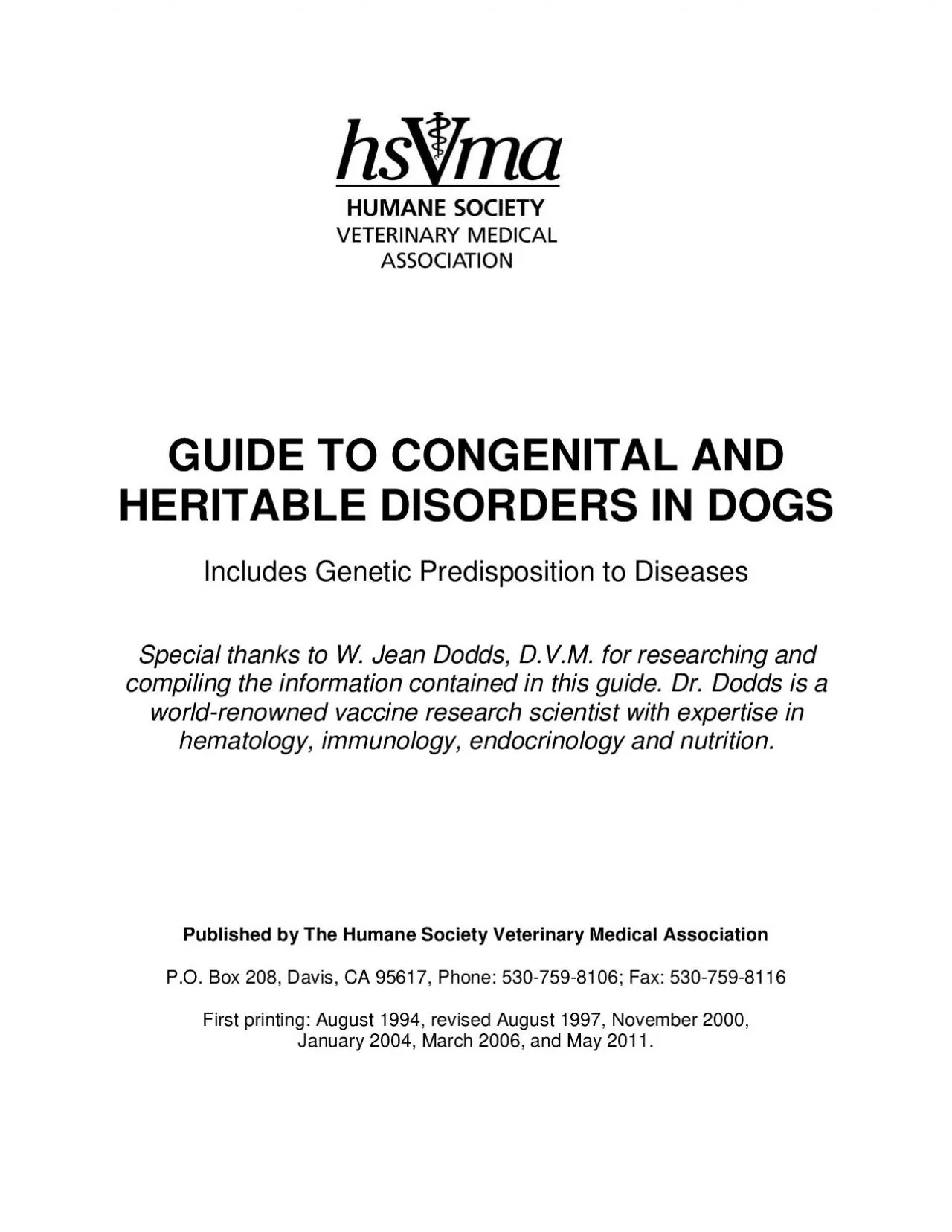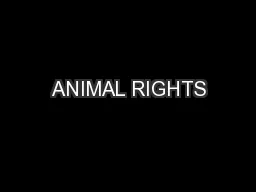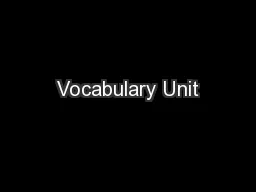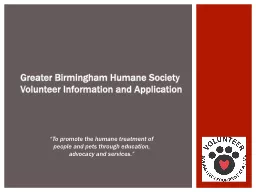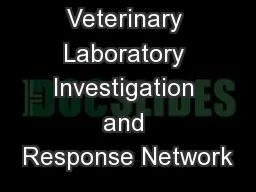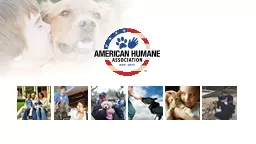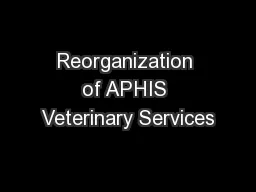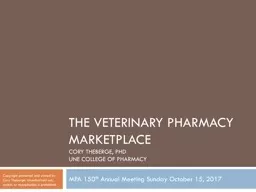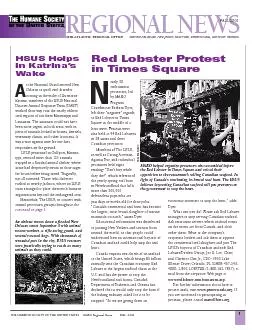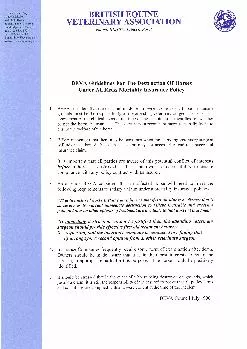PDF-Published by The Humane Society Veterinary Medical Association PO Box
Author : fanny | Published Date : 2021-10-01
IntroductionPurebred dogs of many breeds and even mixed breed dogs are prone to specific abnormalities which may be familial or genetic in nature Often these health
Presentation Embed Code
Download Presentation
Download Presentation The PPT/PDF document "Published by The Humane Society Veterina..." is the property of its rightful owner. Permission is granted to download and print the materials on this website for personal, non-commercial use only, and to display it on your personal computer provided you do not modify the materials and that you retain all copyright notices contained in the materials. By downloading content from our website, you accept the terms of this agreement.
Published by The Humane Society Veterinary Medical Association PO Box: Transcript
Download Rules Of Document
"Published by The Humane Society Veterinary Medical Association PO Box"The content belongs to its owner. You may download and print it for personal use, without modification, and keep all copyright notices. By downloading, you agree to these terms.
Related Documents

